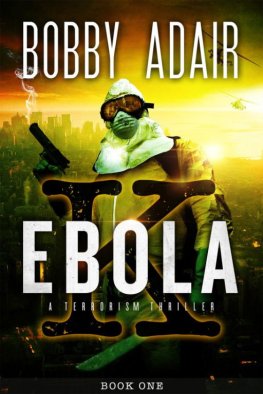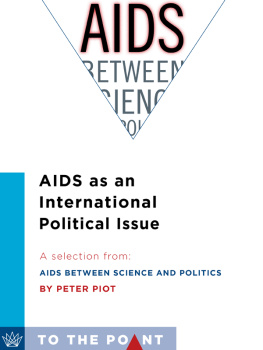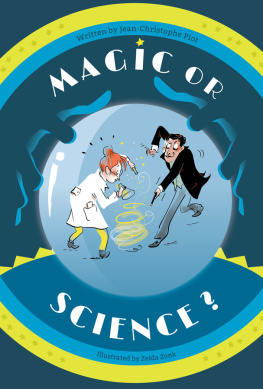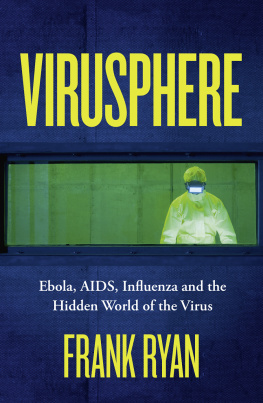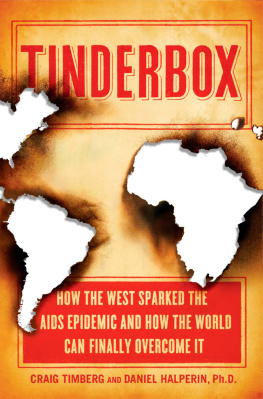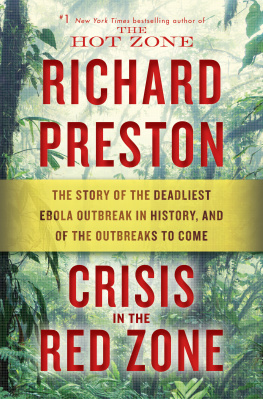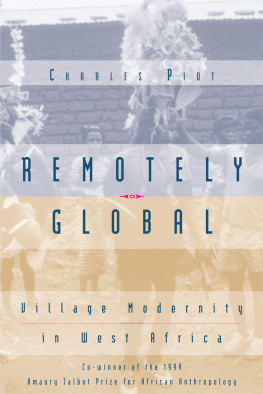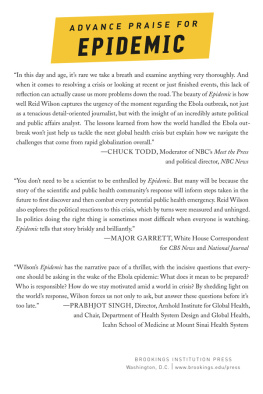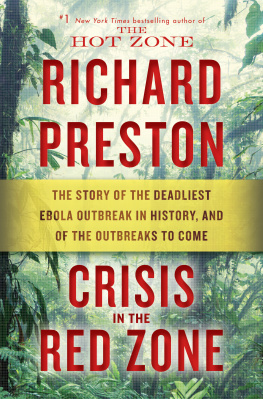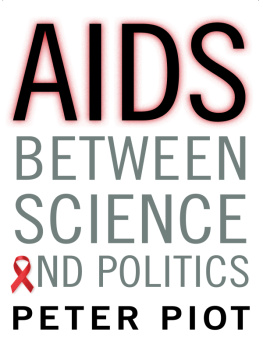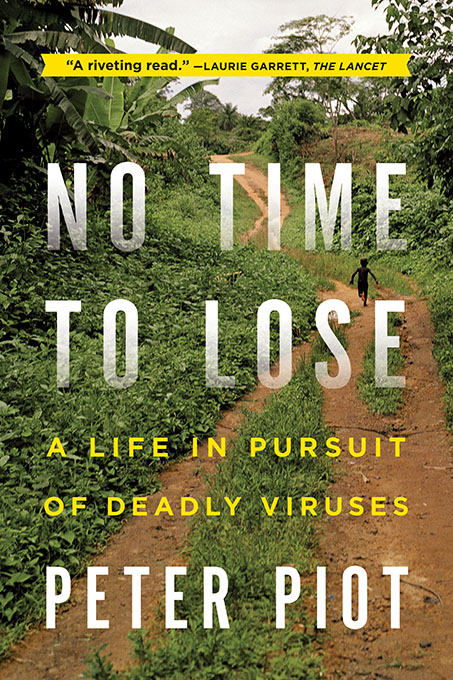
NO TIME TO LOSE
A Life in Pursuit of Deadly Viruses
PETER PIOT
WITH RUTH MARSHALL

W. W. NORTON & COMPANY
NEW YORK LONDON
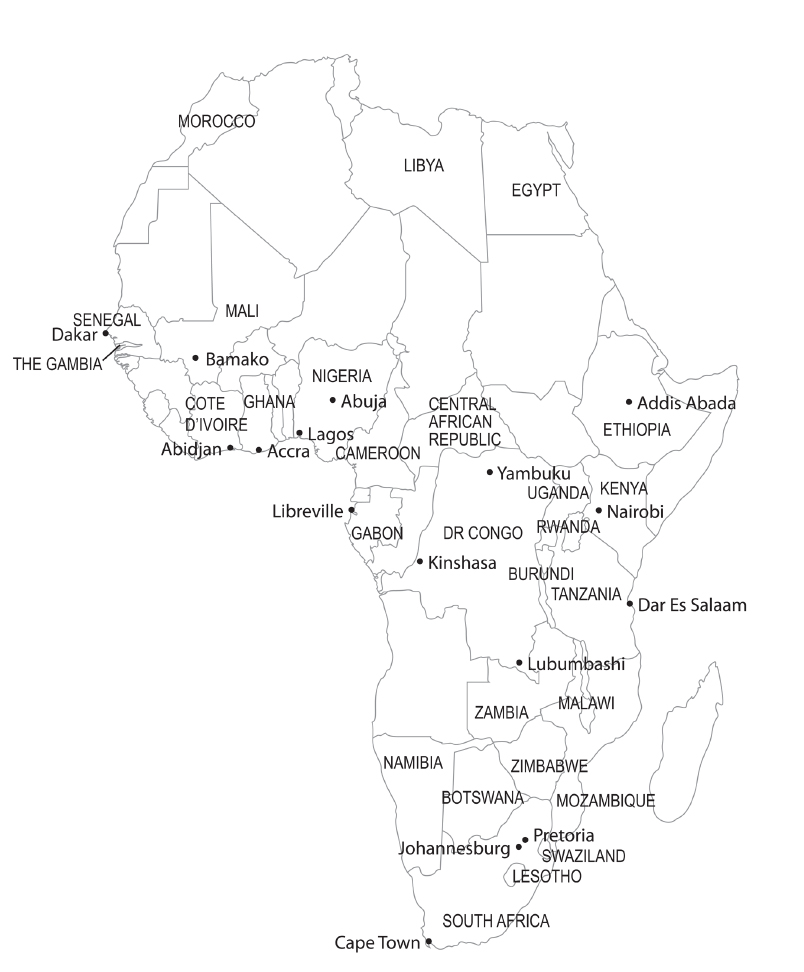
Map by Jay Dowle
Our responsibility is historic, for when the history of AIDS and the global response is written, our most precious contribution may well be that at the time of plague we did not flee; we did not hide; and we did not separate.
JONATHAN MANN
Rust roest.
FLEMISH PROVERB
In the course of human history, there has never been a greater threat than the HIV/AIDS epidemic. Our attention to this issue cannot be distracted or diverted by problems that are apparently more pressing. History will surely judge us harshly if we do not respond with all the energy and resources that we can bring to bear in the fight against HIV/AIDS.
NELSON MANDELA, closing ceremony of the
XV International AIDS Conference,
Bangkok, Thailand, July 16, 2004
CONTENTS
PREFACE
S IXTY-TWO MAY BE a bit young for writing a memoir. However, I felt that the distance between events and writing was long enough, but yet not too hazy, to tell my story of two of the most extraordinary adventures of our time: the discovery of Ebola hemorrhagic fever and AIDS and the worlds response to them. I was a privileged witness and actor in the history of two previously unknown virusesenough material for two different books. Whereas the unraveling of the first known epidemic of Ebola hemorrhagic fever in Africa was my initiation into scientific discovery, even life-threatening adventure, and into the world of what is now called global health, the AIDS epidemic forced me to confront the extreme complexity of health and disease, and to learn the hard way the realities of big and small politics. Already as a child I wanted to discover the world beyond my village, and combined with a deep curiosity for all kinds of scientific inquiry, this led to paths that I could not have imagined at the beginning of my adult life, which at times was a whirlwind.
Both epidemics show the enormous potential and real limitations of science to solve todays health problems, such as through the discovery of life-saving antiretroviral drugs, but also the failure to produce a vaccine over twenty-five years after the discovery of the human immunodeficiency virusnot to forget the major role that societal determinants and lifestyle play in emerging diseases, be they infectious in origin such as Ebola and HIV or the current tsunami of obesity, diabetes, and cardiovascular disease. Who would have predicted that the end of the last millennium would see the emergence of new pathogens and epidemics, when the medical world thought it had it all under controlat least in the wealthier part of the world? Both Ebola and HIV infection continue to exist, probably for generations to come, and in contrast to some overoptimistic scenarios, I dont believe the end of AIDS is in sight. The story of new viruses is also not over, and it is safe to predict that more pathogens will emerge and affect us in always faster and more global ways.
In the Belgian surrealist tradition of painter Rene Magritte naming his painting of a pipe Ceci nest pas une pipe , ceci nest pas une autobiographie, this is not an autobiographyas my journey is hopefully not finished yetnor is this a doctoral thesis about the history or the politics of the two epidemics with hundreds of bibliographic references. This is a memoir of discovery, selected moments, people, and developments, seen through one lensmy own experienceswith no ambition to give a complete picture. Scholars not as involved as I are better placed to write those books.
At times I was an outbreak detective in the heart of Africa, a scientist studying antimicrobial resistance in bacteria or the genetic diversity of HIV, a desperate clinician caring for patients when there was no antiretroviral treatment, a researcher and public health practitioner designing prevention and treatment programs, a UN official leading a complex multilateral organization in eighty countries and spearheading UN reform, a patient diplomat negotiating political resolutions and price reductions of antiretroviral drugs, a stubborn campaigner reaching out to the powerful of this world and bringing AIDS awareness to unexpected places, a frustrated fighter of bureaucrats, an activist from the beginning... and so often all of the above simultaneously, always in connection with numerous other actors. My memoir reflects on all these incarnations.
This book is also a personal chronicle of the still unfolding AIDS pandemicthe most devastating epidemic in modern times. It narrates how the face of AIDS has changed dramatically thanks to science, politics, and the efforts of thousands of people, putting in perspective the suffering of more than 60 million who are living with HIV or lost their lives from AIDS. It gives an inside view of the daily life and struggles in the United Nations system, where as head of UNAIDS I served under three very different secretaries-general. I saw how the UN can be at its best and be effective when it convenes multiple countries and players around a very concrete project such as confronting AIDS, but also how the UN can be synonym of inefficiency when its more than 190 member states or its organization or civil servants do not want action or let process dominate.
Perhaps most important, I have seen over and over again how a catastrophe like AIDS brings out the best and the worst in the human speciesregardless of whether a person is well educated or illiterate. I had to deal with physicians refusing to care for AIDS patients; clergy rejecting them from churches or campaigning against condoms; homophobic politicians and public health officials; drug control authorities declaring war on drug users, not on drugs; and midlevel UN system bureaucrats who were only interested in their own turf. However, above all, I met incredibly passionate and compassionate men and women trying to save lives, fighting for justice, and searching for scientific solutions. I had the privilege to work with so many unsung heroes of the AIDS struggle: groups of people living with HIV, visionary politicians, generous philanthropists, pharmaceutical innovators, caring clergy, and my tireless fellow scientists, activists, clinicians, and program managers across the worldmy global community for the last thirty years. These experiences largely compensated for the numerous brain-killing meetings I had to endure during my tenure at UNAIDS, where I learned not to be guided by that modern plaguethe quarterly result, the short-term viewbut to focus on the ultimate goal of saving as many lives as possible. And along the way I got this big bonus, as I continued to discover myself a bit. That is why this memoir is in the first instance about people and their institutions and movements, not just about viruses.
PART ONE
CHAPTER 1
A Blue Flask of Virus
O N THE LAST Tuesday in September 1976 my boss at the microbiology lab was alerted that a special package was on its way to us from Zaire. It was flying in from Kinshasa: samples of blood from an unusual epidemic that seemed to be stirring in the distant quateur region, along the river Congo.
Nothing quite like this had happened in the two years I had so far been working in a junior position at the lab in Antwerp, Belgium. But I knew it was part of the job. We sometimes took in strange samples of bodily fluids and tried to work out what they were. Our lab was certified to diagnose all kinds of diseases, including arbovirus infections like yellow fever, and the working hypothesis for this epidemic was reported to be yellow fever with hemorrhagic manifestations.
Next page

